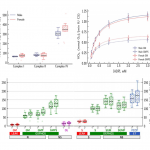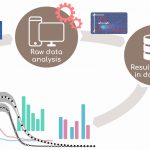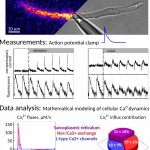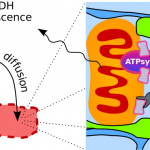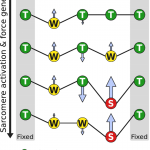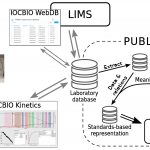
Marko Vendelin, Martin Laasmaa, Mari Kalda, Jelena Branovets, Niina Karro, Karina Barsunova, Rikke Birkedal
PLoS Comput Biol. 2020 Dec 22;16(12):e1008475.
PMID: 33351800PMCID: PMC7787677DOI: 10.1371/journal.pcbi.1008475
Abstract
Biological measurements frequently involve measuring parameters as a function of time, space, or frequency. Later, during the analysis phase of the study, the researcher splits the recorded data trace into smaller sections, analyzes each section separately b...
Read More

